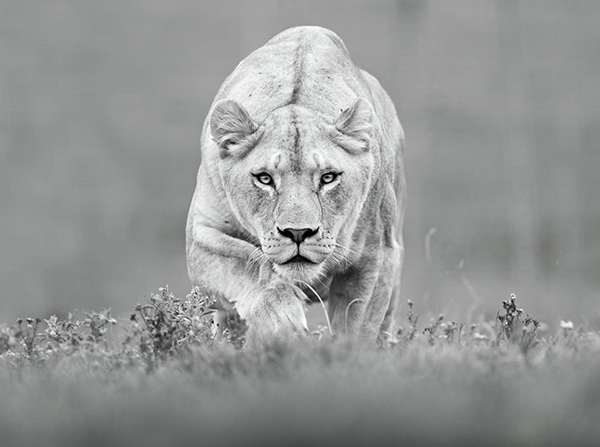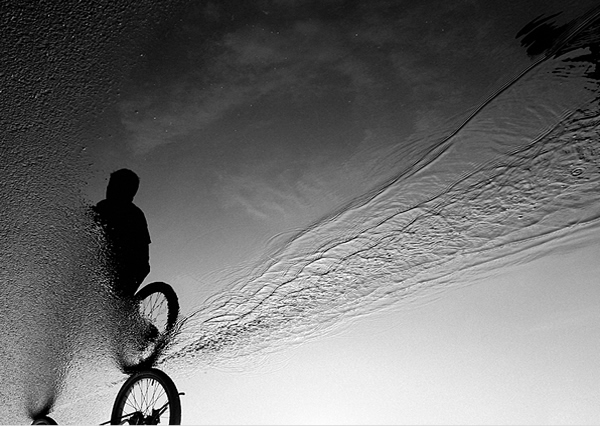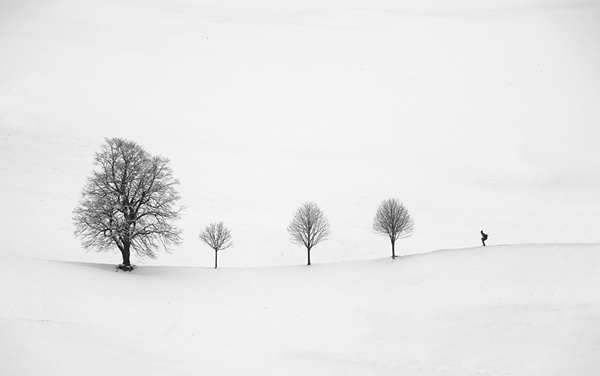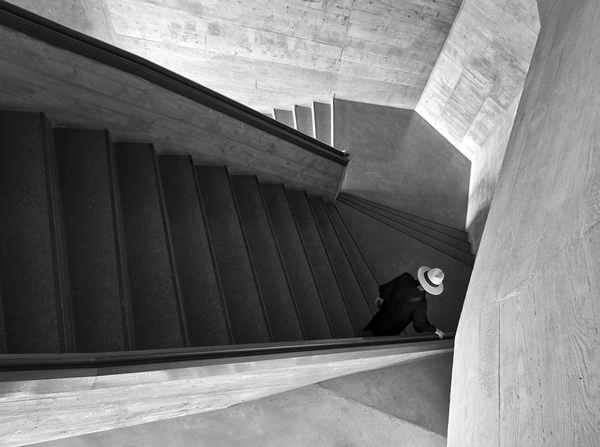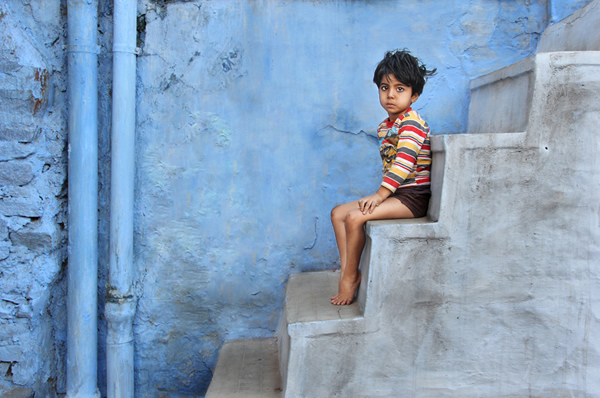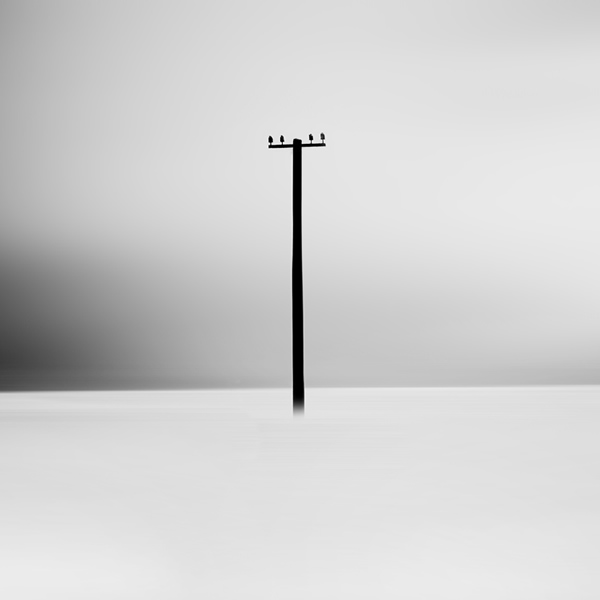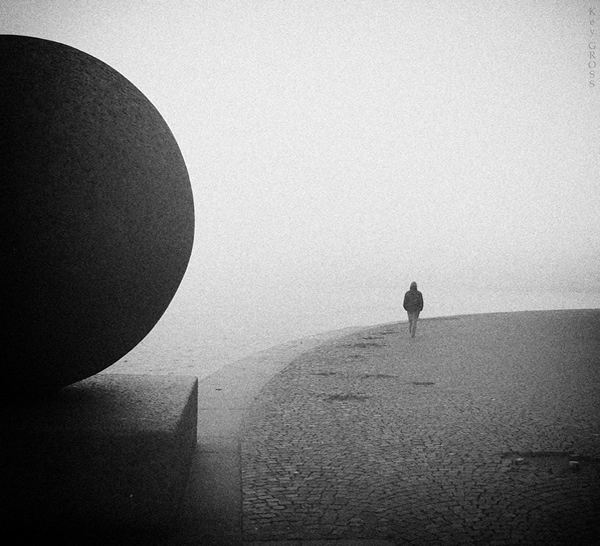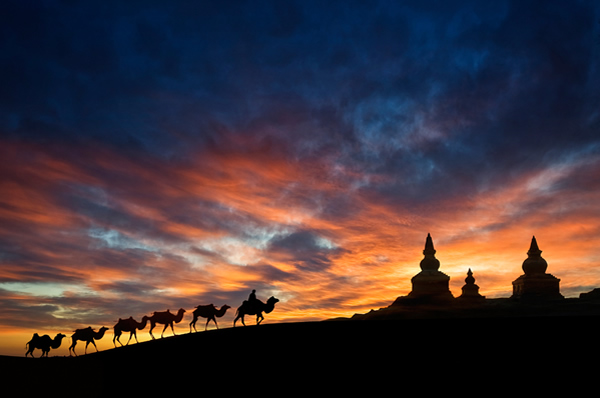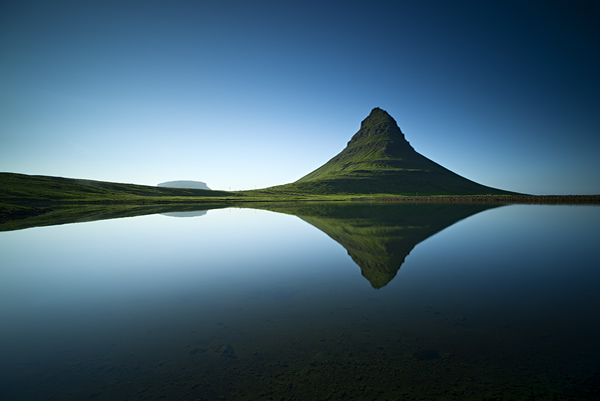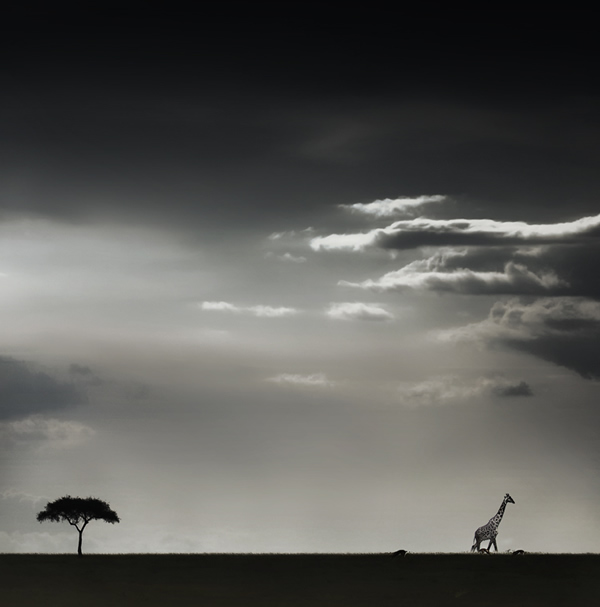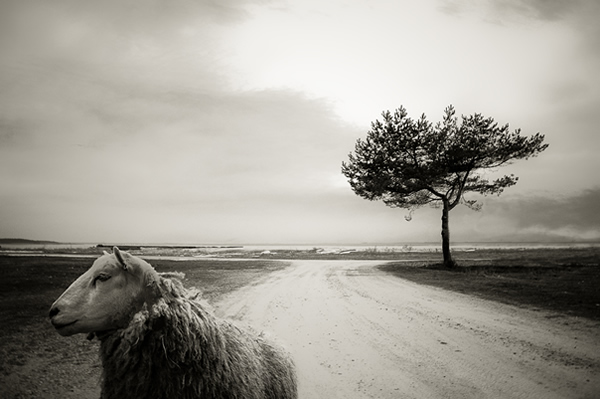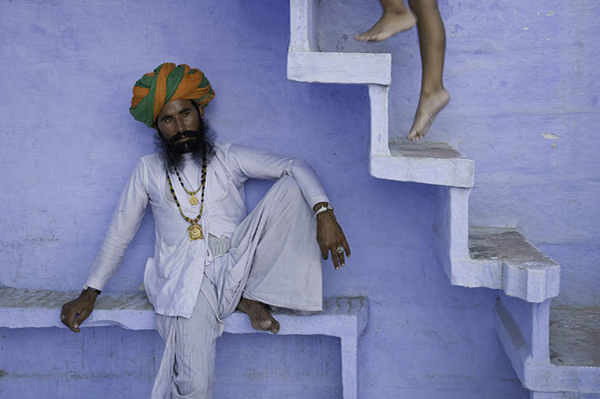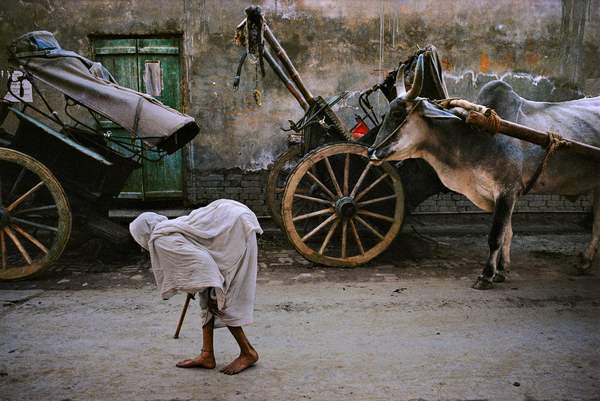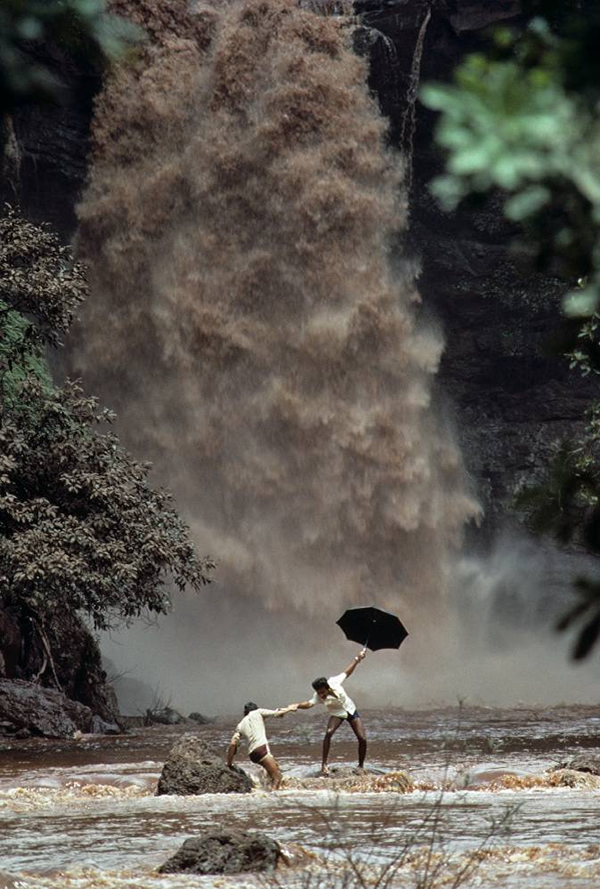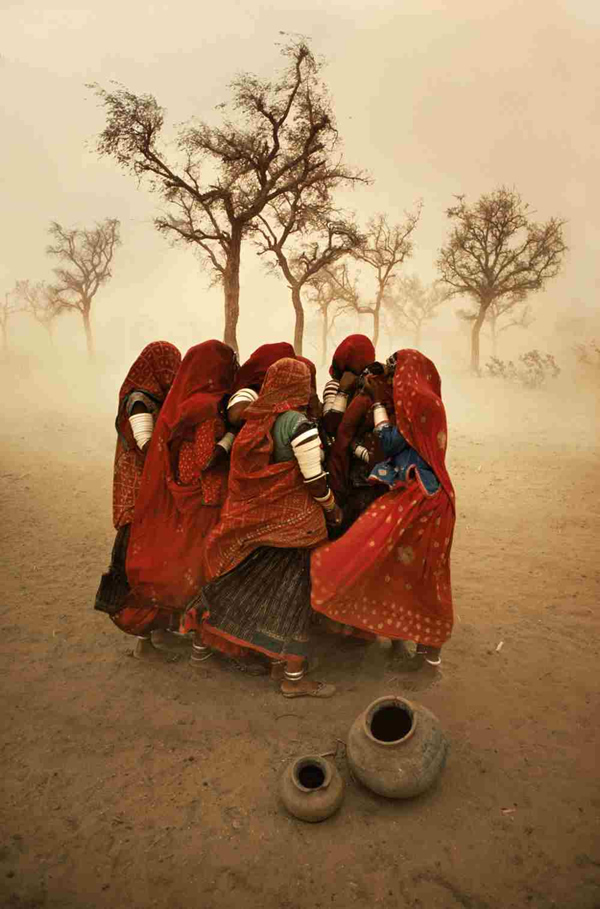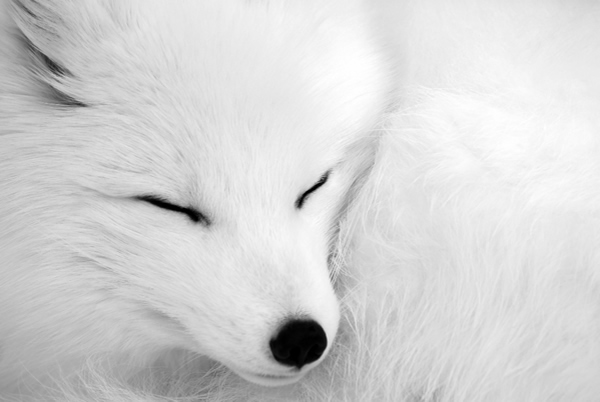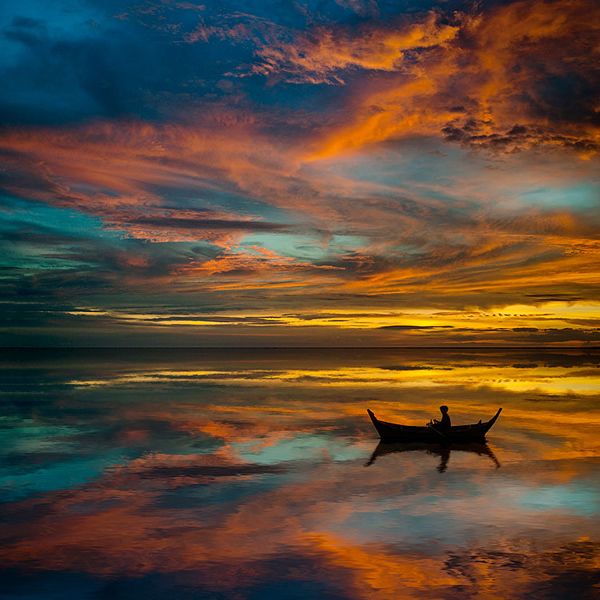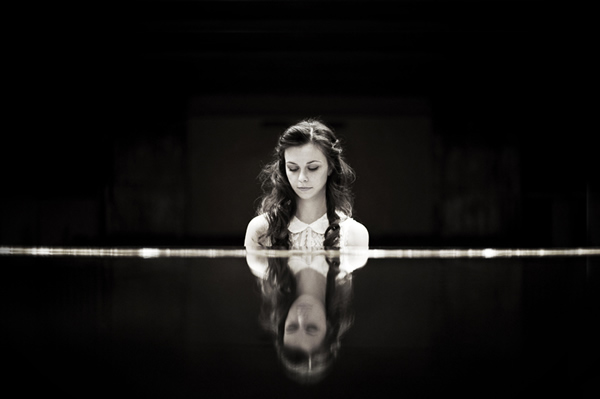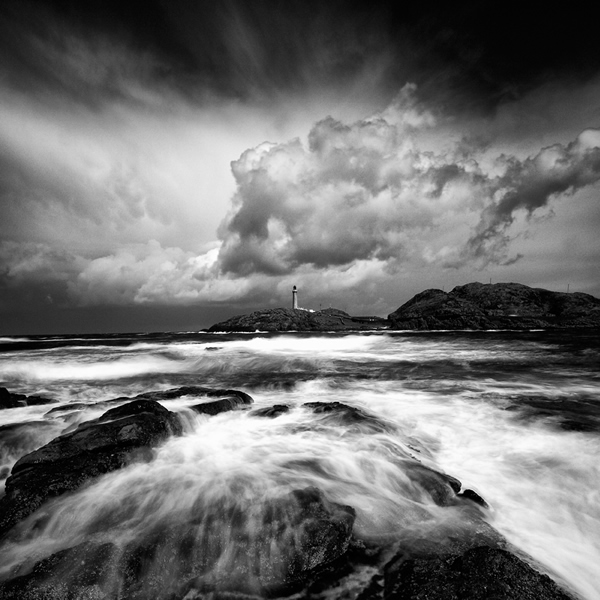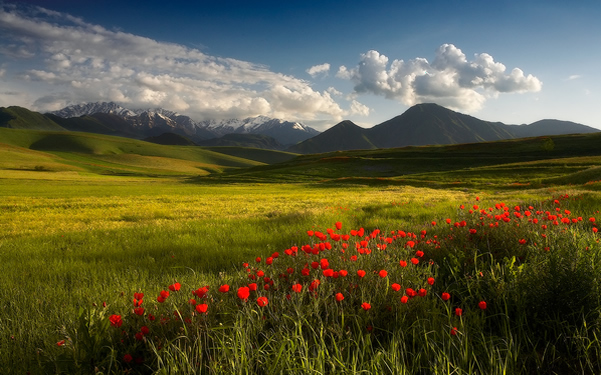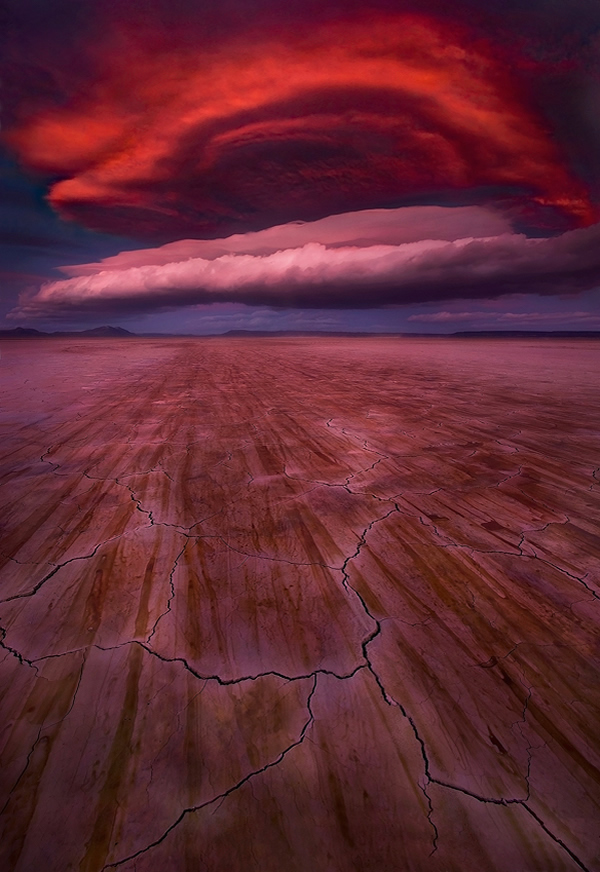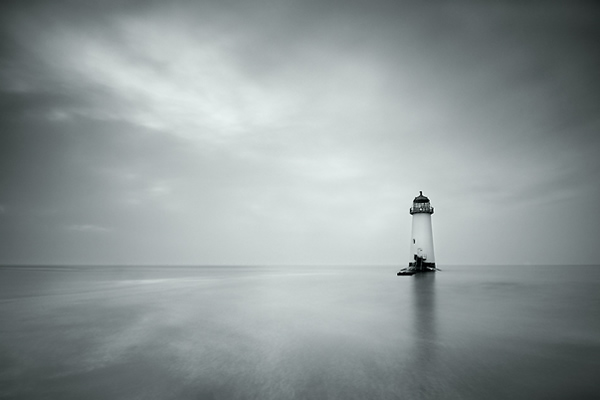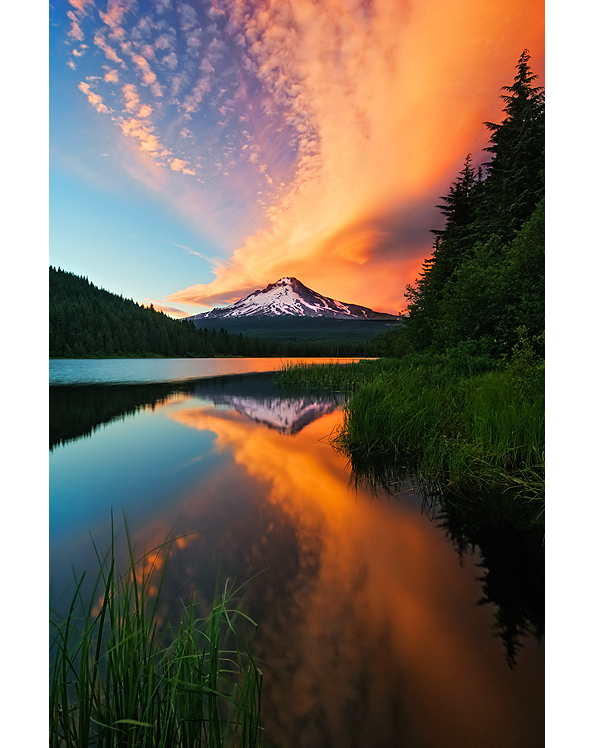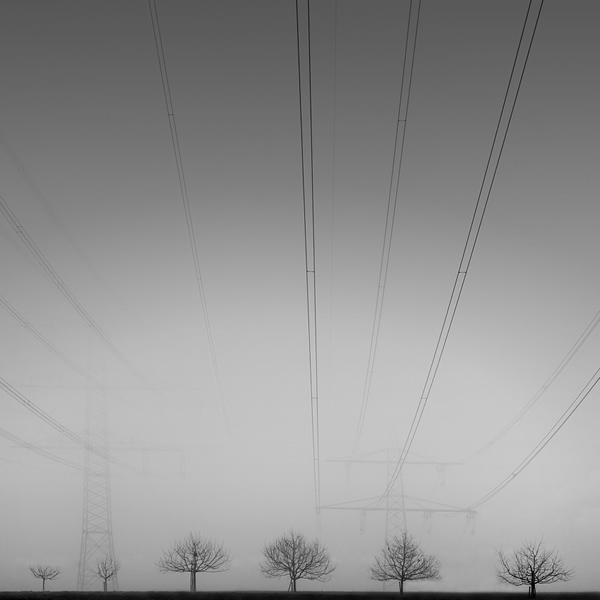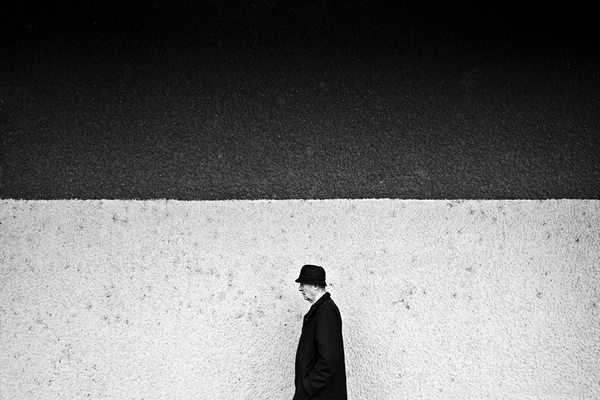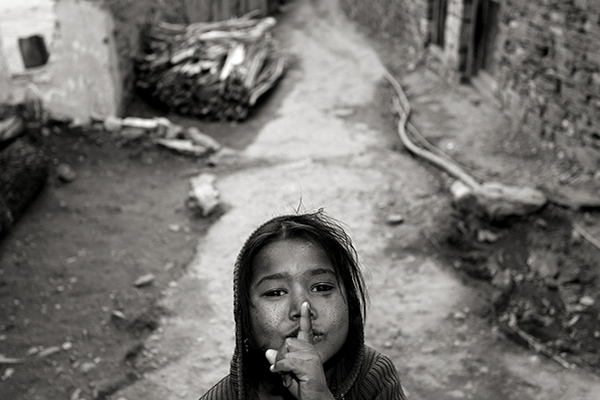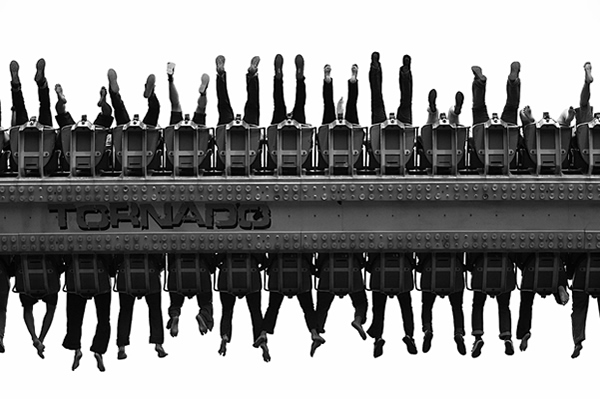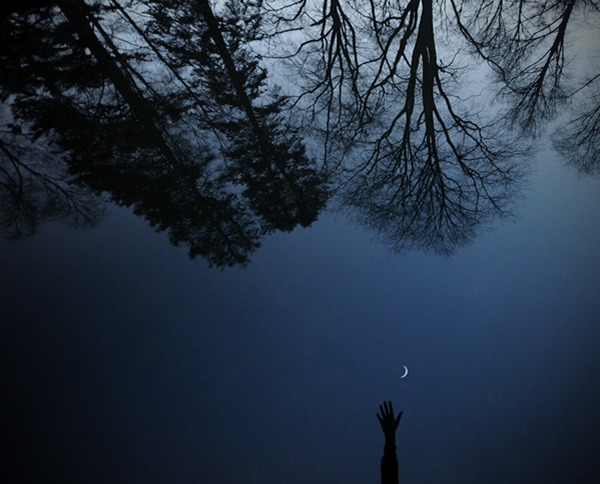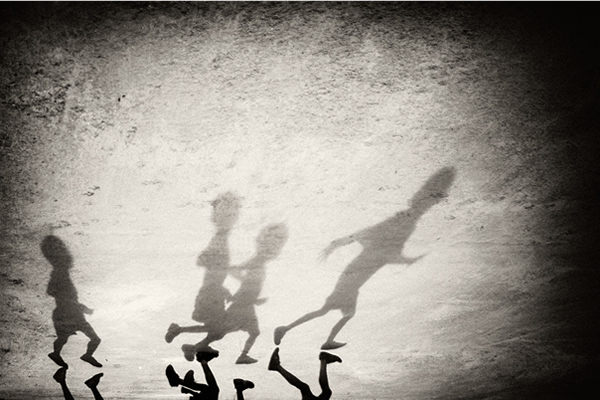Art of Composition in Photography- Tips and Examples
Art of Composition in Photography- Tips and Examples
Guest Article By : Siddharthan Raman
The difference between a Snapshot and Greatshot is a composition. The way the photographer view the subject is very different. Siddharth talking about Art of Composition in Photography . Please check the below points with examples.
You may interested in the following related posts :
- Street Photography Tips, Techniques and Inspirations
- 6 Simple Tips to take Fantastic Abstract Photography
- Still Life Photography Tips, Ideas and Tutorials
- Smoke Art Photography Tips, Tricks and Tutorials
- Candid Photography – How to shoot Excellent Candids
- Photographing the Patterns of Nature
1) Point of View
Before picturing something always try to view the field as a photograph, which helps us in getting knowledge of what to cover and what not to. Getting in line with the subject rather than shooting from an adjacent angle will produce great results. Also trying to photograph from an altitude or Deep below will produce interesting angles and vision which a viewer has never seen before.
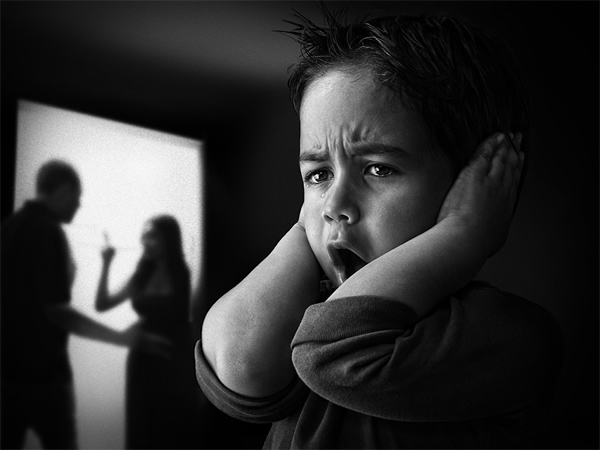
Photo Credit : Adrian Sommeling
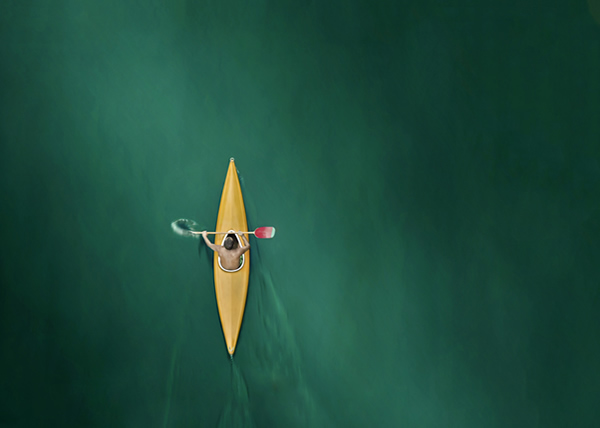
Photo Credit : Vladimir Zivancevic – krug
2) Simplicity
Try to keep the frame very simple, this helps the viewer to focus only on the subject. In other words a Minimalistic approach. Choosing your subject wisely and framing them will make the picture look great. Try to have the background very simple, so that the subject stands out to the viewer.
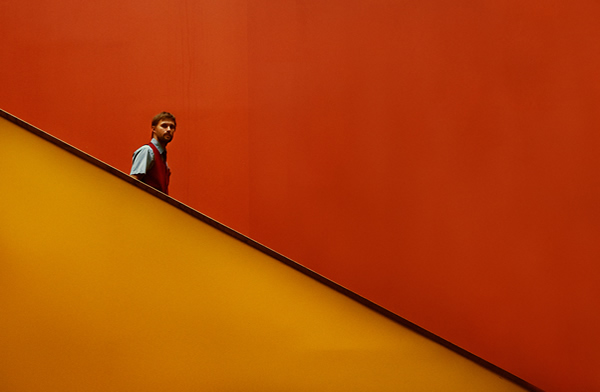
Photo Credit : Marcus Björkman
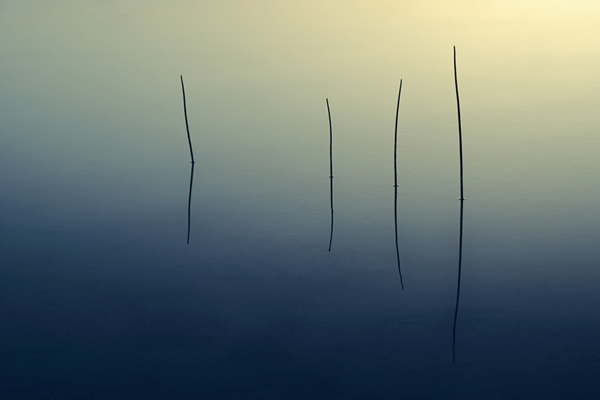
Photo Credit : Rimantas Bikulcius
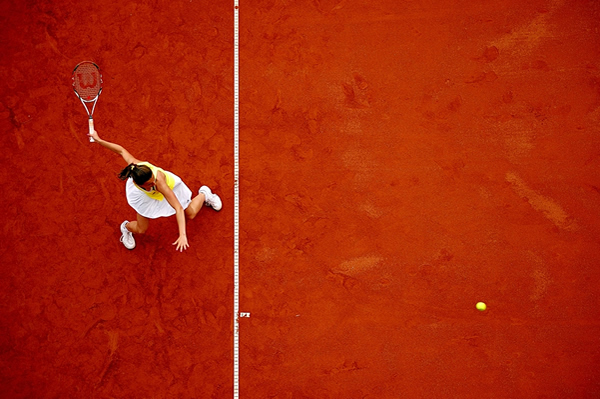
Photo Credit : Piotrek Lakowski
3) Geometrical Shapes
Look for shapes, patterns, symmetries, eye catching geometries, lines & curves. Try to compose the image in accordance with those shapes. Getting those unique symbols inside the frame produces a strong focal point makes the viewer to easily relate to the picture, with certain rhythm.
4) Balancing the Picture
Balancing the picture using composition avoids the emptiness to your picture, try to balance the weight on the frame using a less important subject or try to relate the main subject with the secondary one. A good balance in pictures can be achieved by mixing lights, shadows, physical elements, characters, contrasting colors and so on. Moving the focal point can give great results in balancing the picture.
5) Abstract Objects Inside
Getting those neutral objects or abstract objects inside the frame induce an extra factor to the image. Try this while shooting monuments or historic places, this will make the image standout from the rest. The viewer is able to sense something apart from the main subject with those abstract objects; it adds some additional drama to the image.
6) Cropping
Knowing which format to shoot and cropping to eliminate the errors. Not all the pictures are perfect straight out of the camera, often it is the cropping which makes an image more powerful. It may mean to trim those distractions, get the subject into viewer\’s prime attention, or to change the orientation of the image.
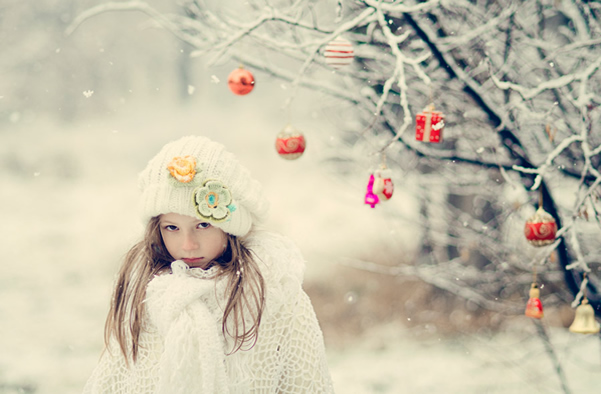
Photo Credit : Elena Karagyozova
7) Depth
Try to induce some depth to the background by focusing on the foreground, giving lot of space to the foreground and filling them with strong subject, makes the human mind to separate the layers. Natural light can play a great role in creating depth to an image. Also creating these depths makes the viewer visualize them in a wider angle.
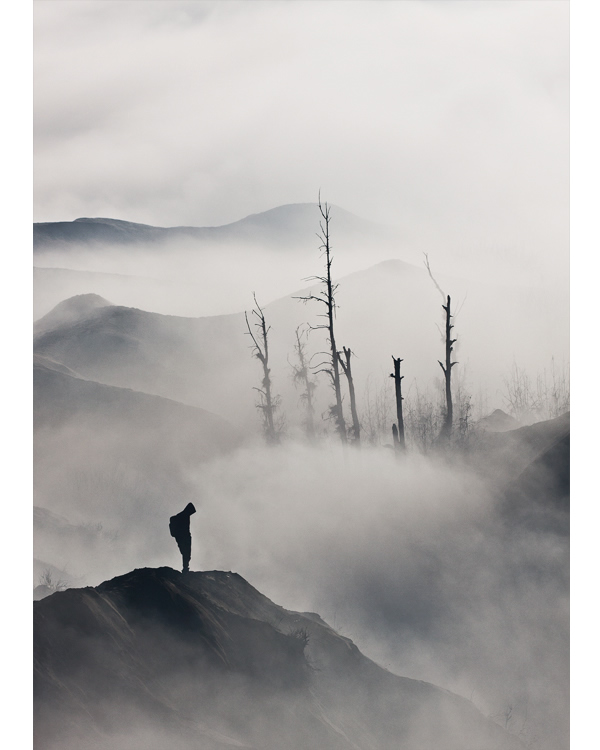
Photo Credit : Syaifullah Maulana
8. Rules
Following the Rule of thirds, Golden section, Golden triangles, Spiral, Golden mean, will produce great results. One need not think about these while pressing the shutter, cropping in post will help practically, although all these come naturally to a photographer after a period of practice.
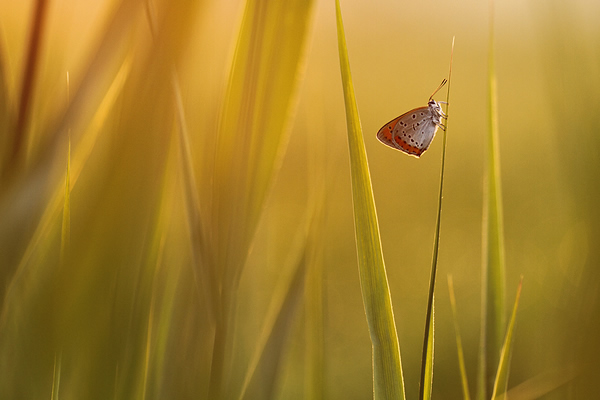
Photo Credit : Johannes van Donge
9) Negative Space
Negative space creates more attention towards the subject, widely used in art photography. Negative space is the space around your subject; the space can be totally contrasting from the subject making it visually easier for the viewer to grasp. Basically this makes the viewer eliminate those areas in his perception and focus directly on the subject inside the entire frame.
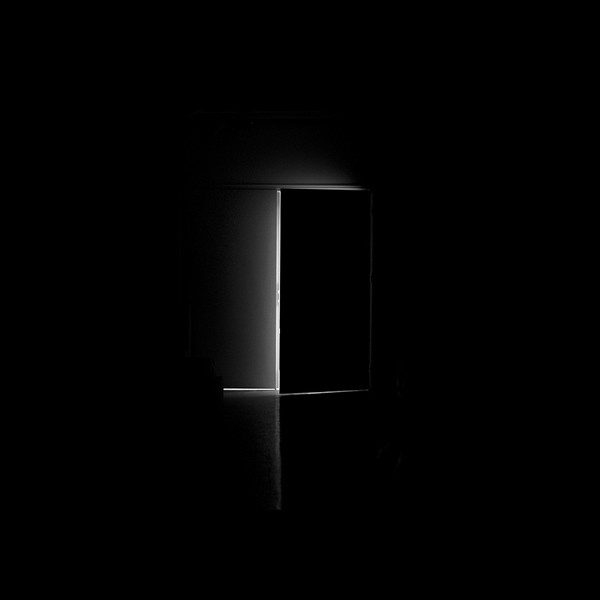
Photo Credit : Christos Dimitriou
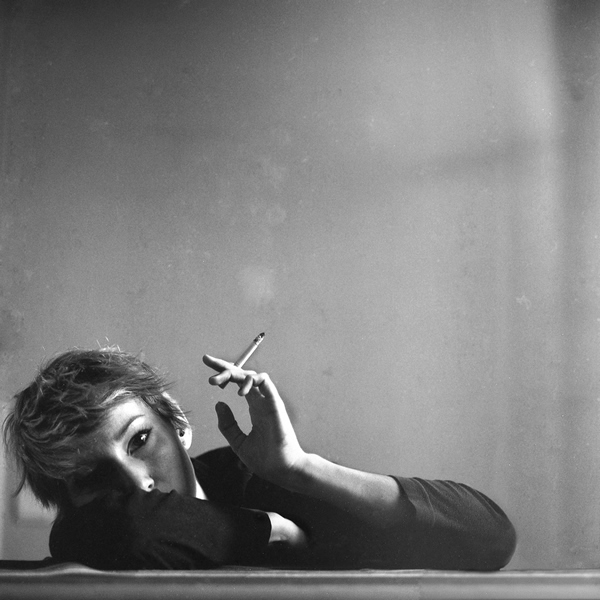
Photo Credit : François CONSTANT
10) Breaking the rules
“Learn the rules first, and then learn to break the rules effectively” try to break all the rules mentioned above which makes your work unique, if u shoot something contrasting to all the rules above and still find it spot on and visually appealing. Go ahead.

